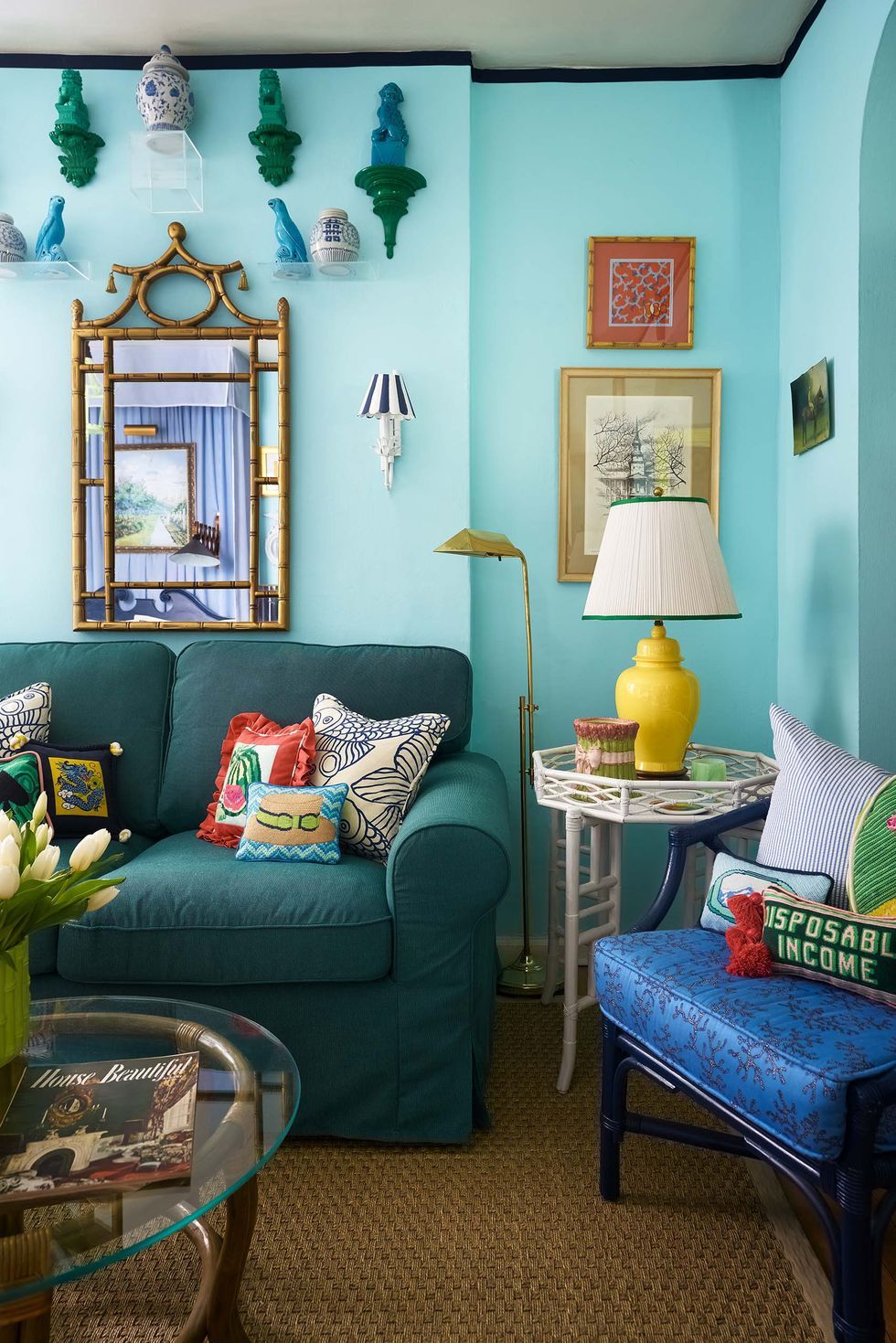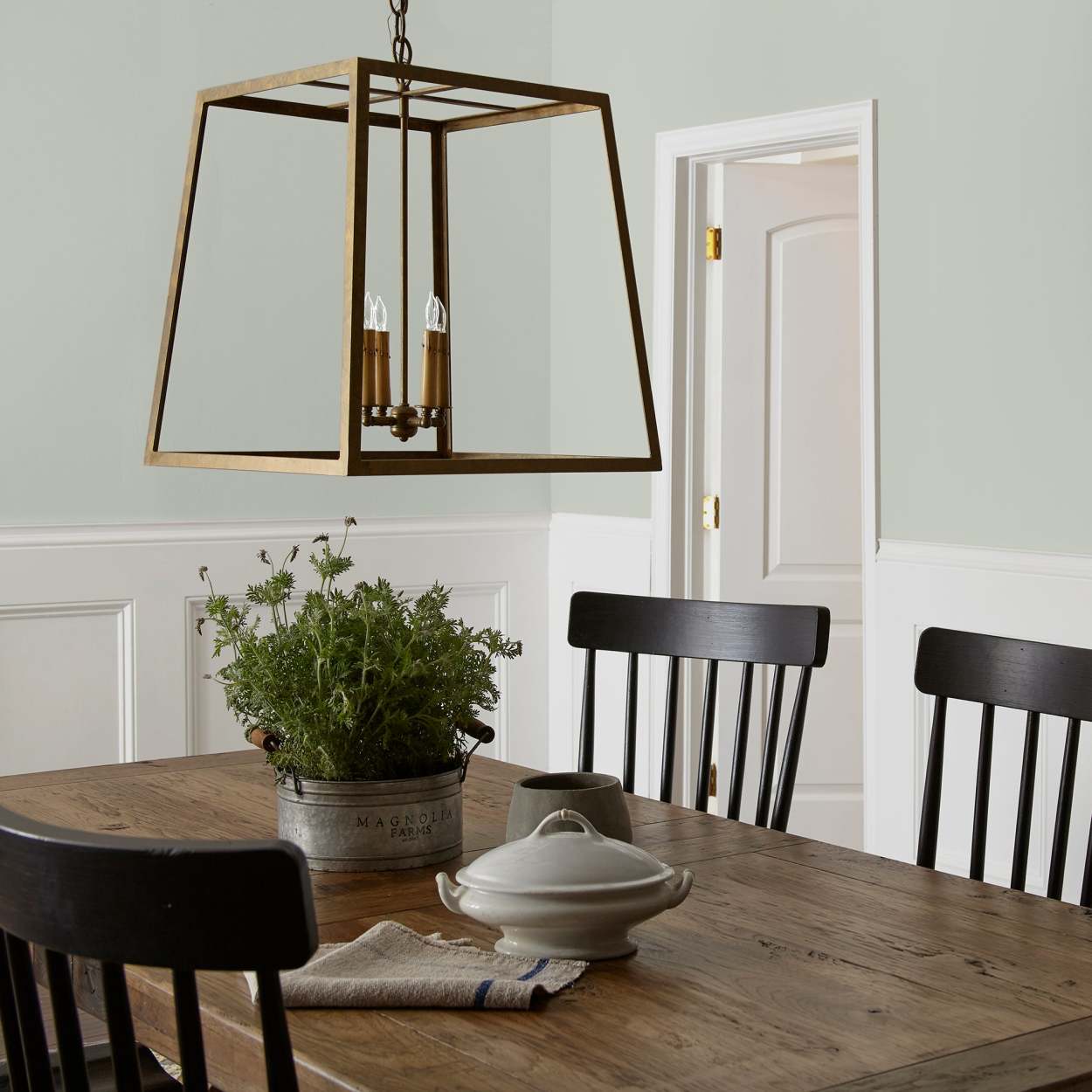The choice of exterior vs interior paint for a specific application is a critical decision in the world of home improvement and construction. Whether it’s sprucing up the interior walls of a living space or protecting the exterior surfaces from the elements, selecting the right type of paint is essential. The differences between exterior and interior paint go beyond mere aesthetics, encompassing factors such as durability, weather resistance, and application techniques. In this comprehensive guide, we will delve into the distinctions between exterior and interior paint, exploring their compositions, characteristics, and the considerations that should guide their selection.

Composition and Formulation
The first notable difference between exterior and interior paint lies in their composition and formulation. These distinctions are tailored to address the unique demands placed on each type of paint.
Exterior Paint
- Resilient Formulation: Exterior paints are engineered to withstand harsh environmental conditions, including exposure to UV rays, moisture, temperature fluctuations, and pollutants. As a result, they are formulated with robust binders and additives to ensure long-lasting protection.
- Weather-resistant Additives: Key components such as fungicides, mildewcides, and UV blockers are commonly incorporated into exterior paint to guard against mold growth, mildew formation, and color fading caused by sunlight.
- Flexibility and Expansion Tolerance: Exterior paint is designed to accommodate the natural expansion and contraction of building materials due to temperature changes, preventing cracking and peeling.
Interior Paint
- Aesthetic Emphasis: While interior paint also emphasizes durability, its primary focus is on achieving a smooth, flawless finish and vibrant color reproduction to enhance indoor spaces.
- Low Volatile Organic Compounds (VOCs): Interior paints are often formulated with lower VOC levels compared to exterior paints, as indoor air quality is a significant consideration. This reduces the emission of harmful chemicals, contributing to a healthier living environment.
- Ease of Application and Cleanup: Interior paints are engineered for ease of application, fast drying times, and easy cleanup, making them ideal for interior walls, ceilings, and trim.

Characteristics and Performance
Beyond their chemical composition, exterior and interior paints also differ in their characteristics and performance attributes, reflecting the distinct demands placed upon them in their respective applications.
Exterior Paint
- Durability and Longevity: One of the primary characteristics of ceiling paint is its ability to endure the elements over an extended period. It must withstand rain, snow, wind, and sunlight without deteriorating or losing its protective properties.
- Color Retention: Exterior paint is formulated to resist fading and maintain its color vibrancy when exposed to sunlight, ensuring that the exterior of a building retains its visual appeal.
- Resistance to Mold and Mildew: Due to its exposure to moisture and humidity, exterior paint must possess strong resistance to mold and mildew growth, preventing unsightly and potentially damaging infestations.
Interior Paint
- Scuff and Stain Resistance: Interior paint is designed to withstand everyday wear and tear, including scuffing, staining, and cleaning, particularly in high-traffic areas such as hallways and children’s rooms.
- Ease of Maintenance: While exterior paint focuses on protection, interior paint emphasizes ease of maintenance, allowing for simple cleaning and touch-ups to keep indoor spaces looking fresh and appealing.
- Variety of Finishes: Interior paint offers a wide range of finishes, from flat to high-gloss, catering to different aesthetic preferences and functional needs in various rooms.
Application and Usage Considerations
When choosing between exterior and interior paint, several practical considerations come into play, guiding the selection process based on the specific requirements of the project at hand.

Exterior Paint
- Surface Compatibility: Exterior paint is formulated to adhere to a variety of surfaces, including wood, stucco, brick, and metal, and must be chosen based on the specific substrate being coated.
- Climate and Weather Conditions: The climate and prevailing weather patterns in a particular region are crucial factors in determining the type of exterior paint to use. For instance, areas with high humidity or frequent rainfall may require more robust waterproofing properties.
- Preparation and Application Techniques: Surface preparation for exterior painting often involves cleaning, scraping, sanding, and priming to ensure proper adhesion and longevity. Additionally, exterior paint is typically applied using brushes, rollers, or sprayers, depending on the scale and intricacy of the project.
Interior Paint
- Indoor Environmental Considerations: Interior paint selection is influenced by the specific environmental conditions within a home, such as temperature, humidity, and air circulation. These factors can impact the performance and drying characteristics of interior paint.
- Color and Design Preferences: Interior paint offers a wide array of colors and finishes to complement the design scheme and ambiance of different rooms, allowing for personalization and creativity in interior décor.
- Application Techniques and Tools: From brush and roller application to specialized methods such as sponge painting and faux finishes, interior paint provides ample opportunities for artistic expression and decorative effects within a home.
How to match interior paint
Interior paint is one of the most powerful tools in home decorating. The right paint colors can transform a space, creating moods, enhancing features, and reflecting personal style. However, choosing and coordinating interior paint can be challenging due to the vast array of colors, finishes, and combinations available.

The Color Wheel
The color wheel is a fundamental tool in understanding color relationships. It consists of primary colors (red, blue, yellow), secondary colors (green, orange, purple), and tertiary colors (combinations of primary and secondary colors). Familiarizing yourself with the color wheel helps in choosing complementary, analogous, and triadic color schemes.
- Complementary Colors: These are opposite each other on the color wheel (e.g., blue and orange) and create high contrast and vibrant looks.
- Analogous Colors: These are next to each other on the color wheel (e.g., blue, blue-green, green) and provide a harmonious and pleasing effect.
- Triadic Colors: These are evenly spaced around the color wheel (e.g., red, yellow, blue) and offer a balanced yet dynamic palette.
Planning Your Color Scheme
Assessing Your Space
Before choosing your paint colors, it’s essential to assess the space. Consider factors such as the room’s size, natural light, existing furniture, and architectural features. For instance, lighter colors can make a small room feel larger, while darker hues can add coziness to expansive spaces.
Creating a Focal Point
Decide if you want a focal point in the room, such as an accent wall or a piece of furniture that stands out. Using a bold or contrasting color can draw attention to this area, adding visual interest and depth to the space.
Sample Testing
Always test paint samples on your walls before making a final decision. Paint a small section and observe it at different times of the day under various lighting conditions. This step ensures that the chosen color looks as expected on a larger scale and in your specific environment.
Conclusion
In summary, the differences between exterior and interior paint extend beyond surface-level distinctions, encompassing formulations, characteristics, and application considerations tailored to their specific roles. By understanding these disparities, homeowners, contractors, and painters can make informed decisions when selecting the appropriate paint for their projects, optimizing both aesthetic appeal and long-term performance.

